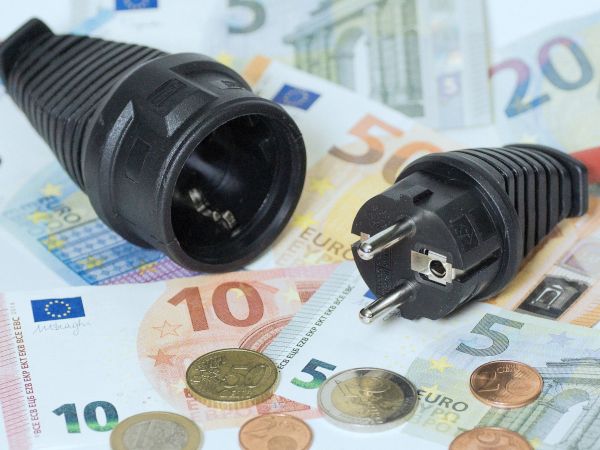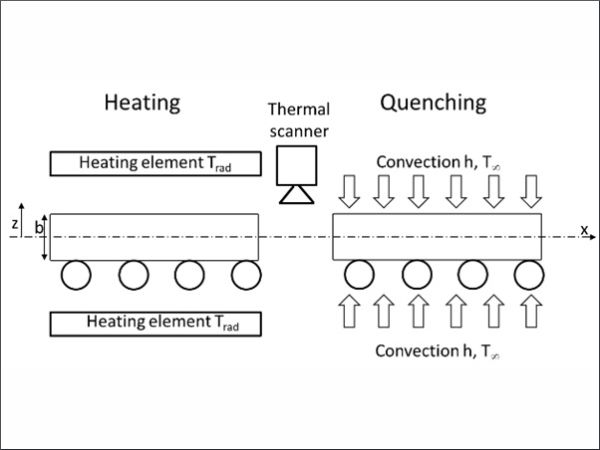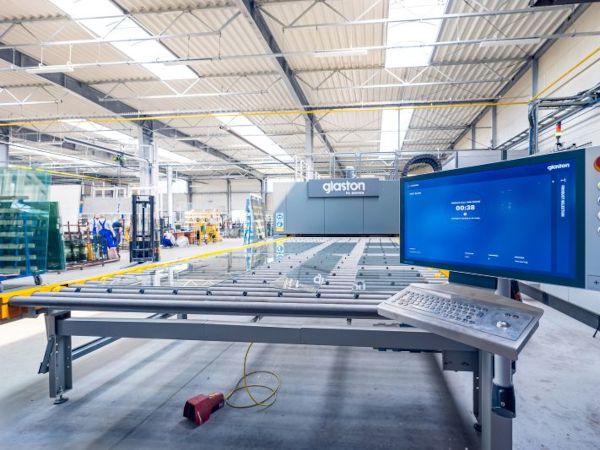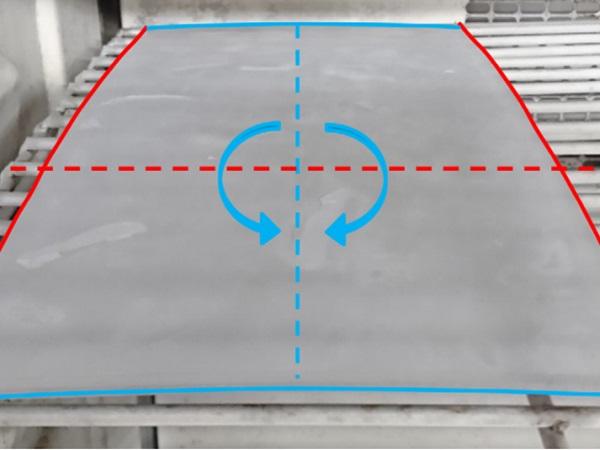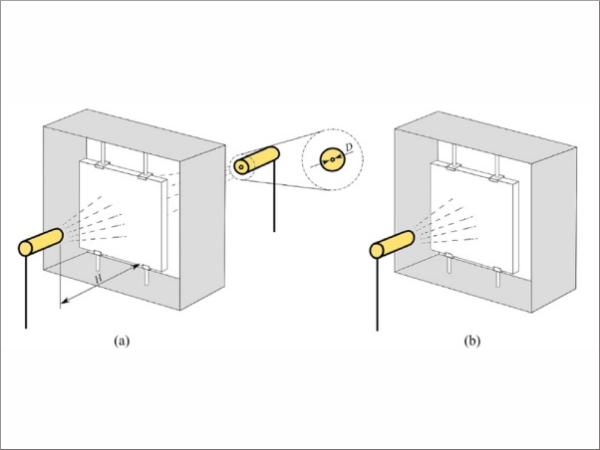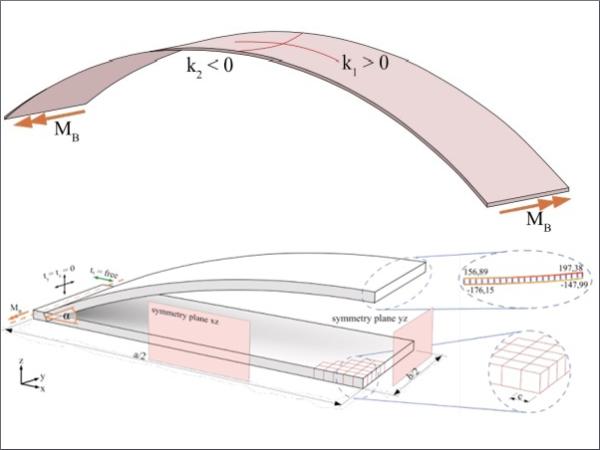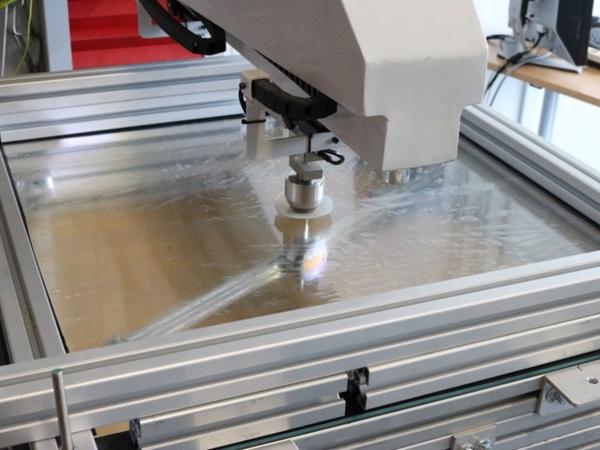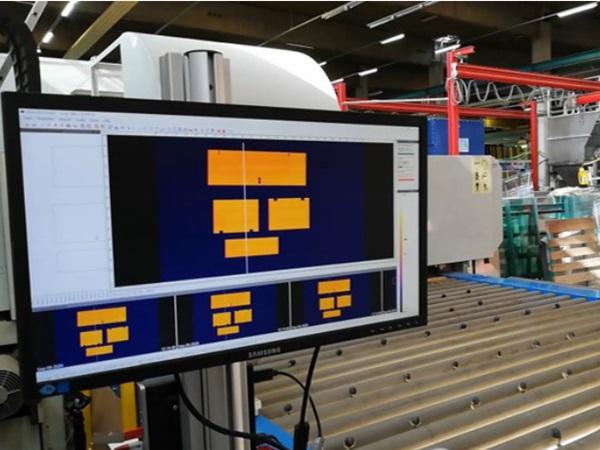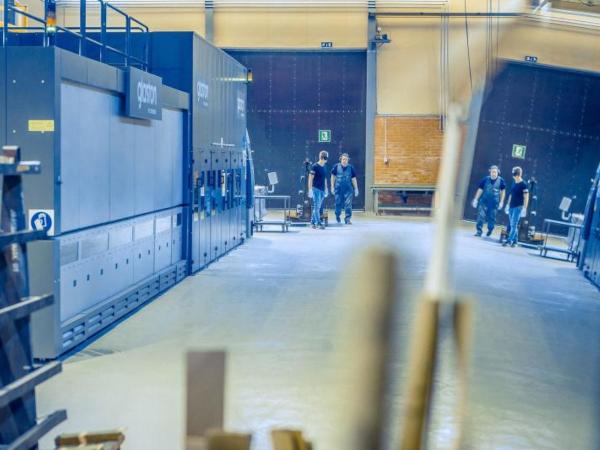Others also read
| Modern tempering technologies offer impressive energy efficiencies for glass processors. But, have you ever come across energy-saving claims that seem too good to be true?
| Optical stress measurement in tempered glass has its challenges. Stresses can be measured optically based on the optical anisotropy behavior of the glass.
| What glass processes gain the most from automation? In this blog, we’ll focus on some of the particularly promising application areas.
| The latest Glastory blog gives insights on the experiences of the tempering process Autopilot users.
| In this paper we focus on automotive applications and describe the tests we performed to find the limits of ultrathin glass in handling and within tests simulating stress expected in the field.
| Glass is most often heat treated before using it as a structural material. In this context, thermal tempering is the most effective and efficient method to enhance the load bearing capacity and strength of glass.
| Glass tempering is a process that can be made in many ways to get tempered glass that meets the standards. The selected way is usually chosen by the operator and is almost always based on experience instead of science.
| This paper investigates the influence of Possion´s Effect on the accuracy and applicability of the used linear elastic Euler-Bernoulli beam theory for the determination of the tensile bending strength of thin glass.
| A novel approach to generate a flat plate with enhanced stiffness has been identified. This approach is scalable, offering the potential for improved stiffness for both large-format glass and thin, chemically tempered glass.
| A way to determine the condition and functionality of a glass furnace is to measure the glass temperature as it exits the furnace.
| In the latest Glastory blog post, Antti Aronen analyzes the transformative potential of automated glass tempering.
| This study provides important design guidance to the Photovoltaic (PV) solar panel development efforts using the finite element based computations of the PV module under the mechanical loadings.
| The current paper explores how digital techniques can be used in the design and manufacturing of an innovative composite façade panel consisting of an additively manufactured polymer core and adhesively bonded thin glass outer sheets.
| Read the latest Glastory blog by Taneli Ylinen.
| An experimental study under tensile loading at +23, +40 and +60 °C and different glass build-ups
| In this third episode of the #AskGlaston flat tempering series, Taneli Ylinen deals with the commonly asked question of how to handle the issues with mixed production.
| In this post, we discuss what emerging designs require and how automotive glass processors can meet these requirements.
| Architectural glass is a durable product that can be maintained in satisfactory condition by regular cleaning using accepted good glass cleaning practices.
| The results of the classification of hail resistance classes for different materials for greenhouse enclosures are presented in this paper.
Investigations on the Cold Bending Behaviour of a Double Glazing Unit with a Rigid Edge-Spacer Frame
| In this study, the bending process of specially-fabricated double glazing units (‘panels’) is investigated with a focus on a local instability phenomenon.
| In this paper, we present the development of an intrinsic parameter σQM characterizing the sensitivity of a coating (or configuration) to the quench marks.
| In the second episode of #AskGlaston Flat Tempering Series, we will talk about the new solution to estimate the stress level in glass – online.
| This first episode is devoted to the white haze phenomenon – one of the most asked about issues in the history of #AskGlaston.
| This latest Glastory blog by Miika Äppelqvist is dealing with the areas of the tempering process that can be improved to make operations more efficient.

